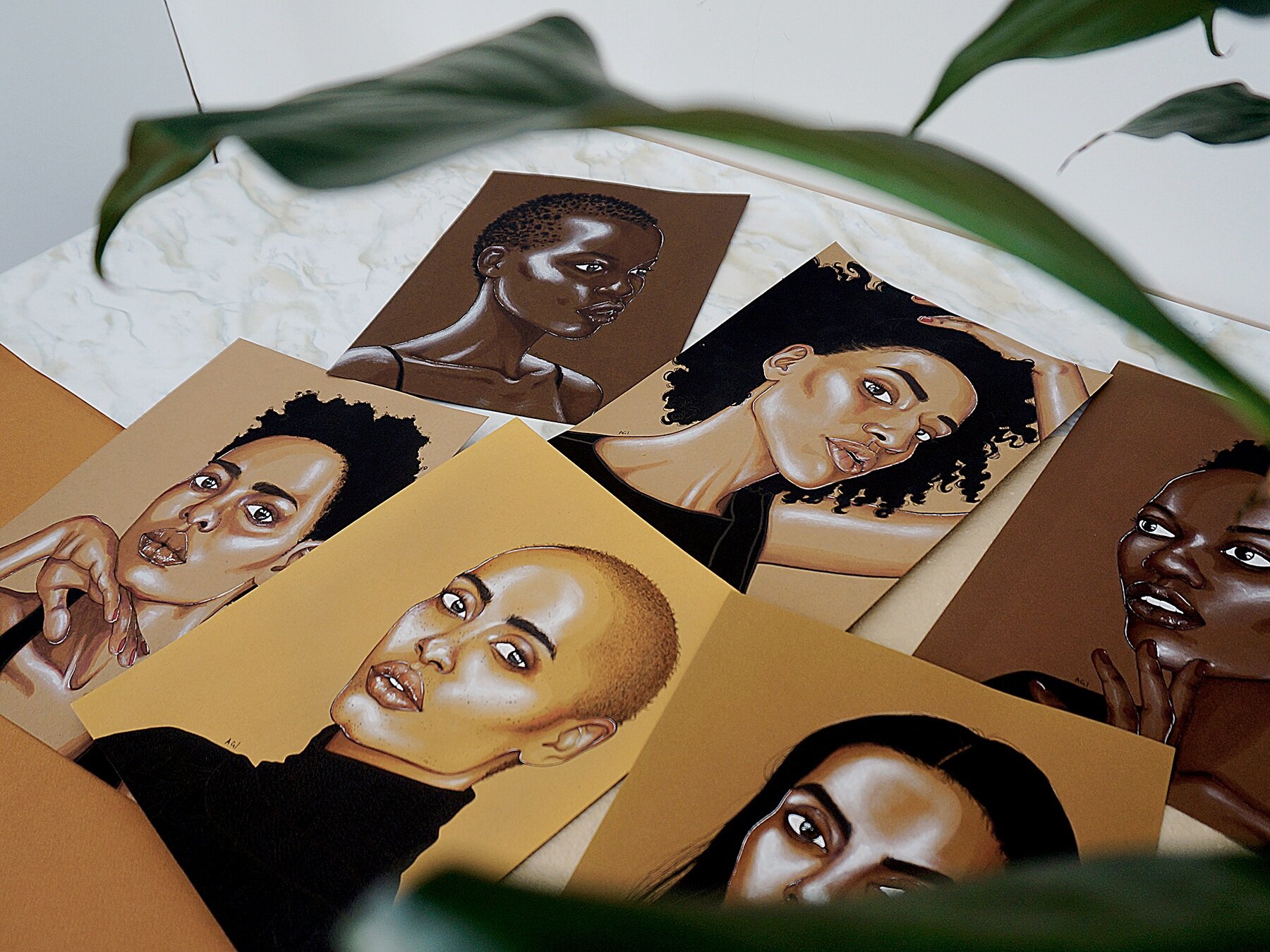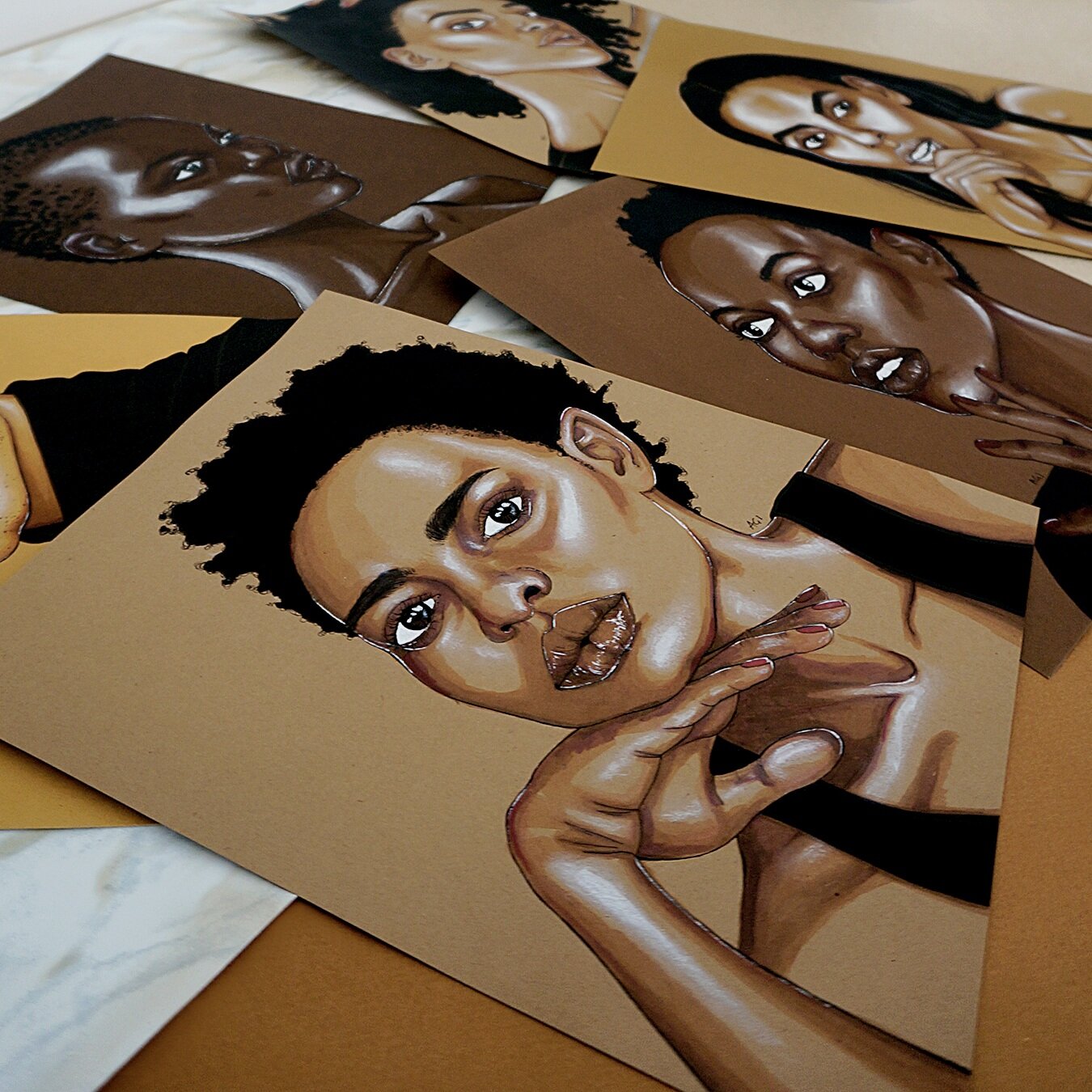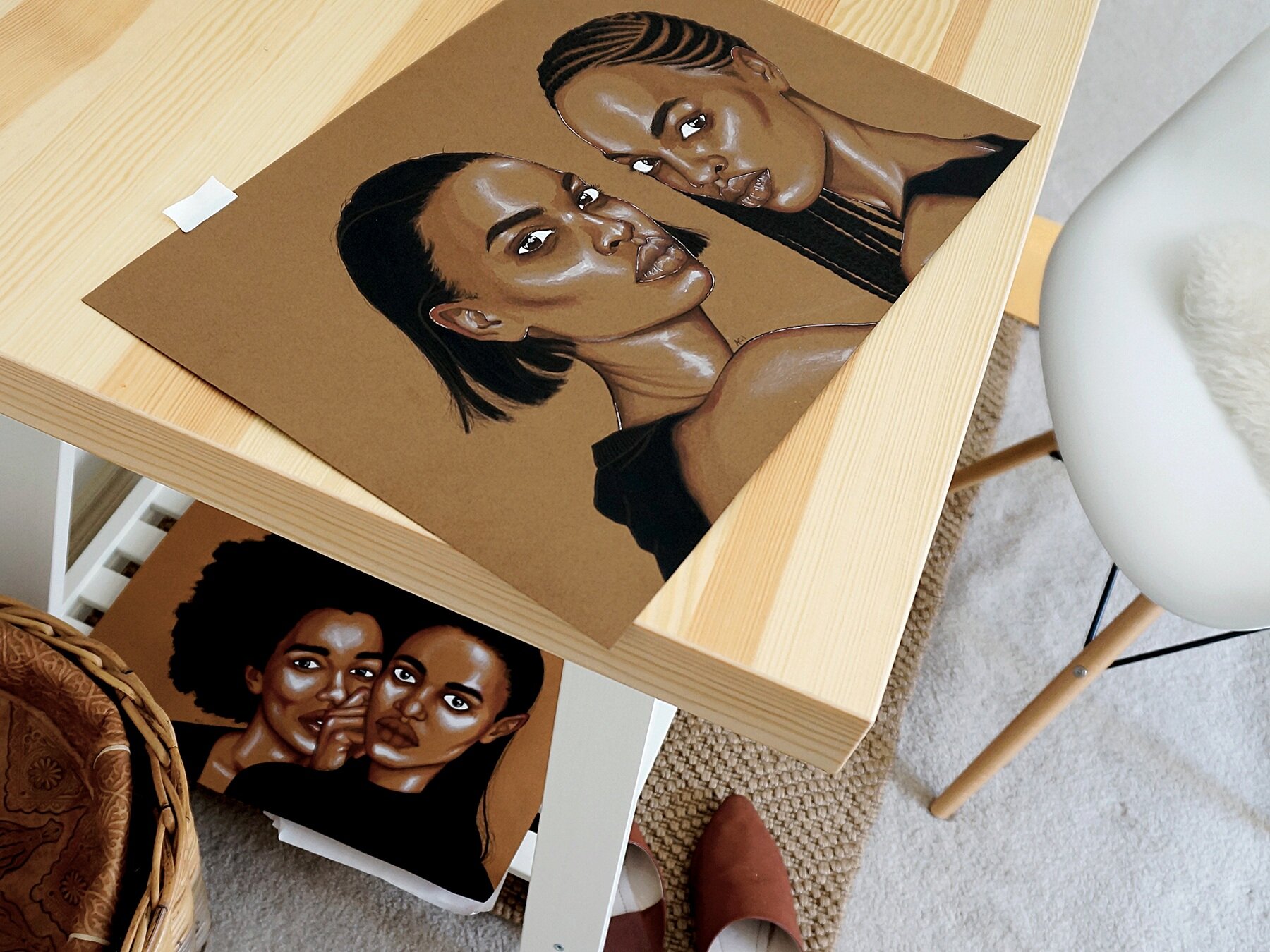This essay was prompted by the events of the last few weeks. Specifically, since the killing of George Floyd, the world has rapidly gained interest in anti-oppression work. The sudden virality of concepts such as white supremacy, intersectionality, and others central or tangential to race and gender studies has been somewhat surreal to witness.
On the one hand, the increased accessibility of works by Black women scholars once privy only to those privileged to enter postsecondary education has meant that the boundaries between academia and community activism are further eroding. This excites me, as it has been and continues to be one of my imperatives as both a feminist researcher and artist to make knowledge accessible*. With more people entering these critical conversations and figuring out how to apply them to their specific fields of interest, I find myself encouraged that we’re finally reaching the critical mass required to shift and dismantle hegemonic systems of power. (*I want to note that there is a difference between “accessible” and “easy”. I don’t believe in passive consumption of information, which is also something I’ve witnessed these past few weeks. I advocate for independent learning, critical and thoughtful engagement, questioning authority, sensitivity to social experiences, and coming to conclusions based on a variety of sources.)
On the other hand, I’ve also felt that there is still an erasure of the Black women who pioneered, laboured, and operationalized much of this work. The women who were shamed, silenced, forced to apologize, fired, stigmatized, threatened, demeaned, and humiliated for speaking truth to power. I also have experienced this both personally and professionally, and it’s hard not to feel somewhat distrustful that there will be genuine change if we don’t call attention to the incongruity of what’s happening right now.
As I’ve been pondering this contention for the past few weeks, I realized it extends much further than just this current event and even further than anti-oppression work. We know that Black women’s contributions to art, feminism, fashion, music, sports, and just about every field are routinely ignored, minimized, deliberately forgotten, rejected, questioned, and/or appropriated.
The erasure of Black women’s labour and leadership can show up in many ways, including but certainly not limited to:
Paying non-Black people or Black men to write articles, give lectures, consult, or facilitate workshops in their area of expertise but asking Black women to do similar work for free
Not including Black women in your syllabus, academic papers, hyperlinks, or resource lists
Only trusting Black women to speak on panels or participate in group exhibitions that relate to the intersection of being a “Black woman and—“ as if we are not experts in our various fields without having to qualify our marginality
Privately thanking Black women for inspiring and teaching you but publicly acknowledging only your male influences
Bouncing ideas off of Black female colleagues but not crediting those conversations in your team meetings at work
Creating and sharing infographics based off the work of Black female scholars and activists without naming them or directing followers to the original source (Side note: Many of them are still alive and working today, with books, podcasts, articles, Zoom lectures, and platforms that you could be putting eyes onto)
Paraphrasing or recreating the work of a Black woman instead of sharing and promoting their work that already exists
Speaking with authority on a subject you specifically learned from Black women and pretending you did this learning on your own
So, let’s talk about why this is and why it matters.
There are two terms I’d like to introduce to get this conversation started. The first is “episteme” and the second is “epistemic injustice”.
Simply put, “episteme” means “knowledge” or "way of knowing”. There are many types of epistemes, rooted in various time periods, geographical locations, and even social experiences. For example, I study Black feminist epistemes, meaning I study knowledge that is produced within anti-racist and feminist theoretical concepts such as subjectivity (hooks, 2000), intersectionality (The Combahee River Collective, 2014), and positionality (Collins, 1989). Many of us are well acquainted with positivist epistemes, which encompass objectivity, neutrality, and individualism. The main take away is that there are many types of epistemes, differentiated by their values and objectives.
Coined by British philosopher Miranda Fricker, “epistemic injustice” refers to the ways in which certain ways of knowing are marginalized. In her 2007 book “Epistemic Injustice: Power and the Ethics of Knowing”, Fricker describes a subset of epistemic injustice called “testimonial injustice” in which one is wronged in their capacity as a knower. Testimonial injustice is the result of cumulative experiences of a “credibility deficit”, in which one’s expertise is repeatedly denied, undermined, minimized, or misattributed based in a disbelief of their capacity to make and share knowledge. The prejudice is exposed when the same knowledge is accepted once delivered by somebody else.
I think you can see where I am going with this: Black women experts across numerous disciplines experience epistemic injustice. While this is not groundbreaking news, it is especially incongruent during this moment. How can we move towards dismantling hegemonic systems of power (including white supremacy and patriarchy) and yet simultaneously reproduce them in the ways we protest? In the words of the late feminist writer Audre Lorde, “the master’s tools will never dismantle the master’s house” (1984, p. 112). We need to do things differently if we want real change.
Morally speaking, Fricker writes, epistemic injustice is unethical. It disempowers those who experience it by erasing their capacity for reason, a human characteristic. For example, when a Black woman is only ever called upon to talk about being a Black woman in her field, she is being treated as an informant and not a source of information. The difference is that a source of information is a sought-after producer of knowledge. It is an active position, as she demonstrates the capacity to make observations (rather than being observed or gazed upon). This is empowering. Alternatively, as an informant her area of knowledge is prescribed to her and she’s not allowed to speak outside of it. It is a passive position in that she can only answer the questions that are asked by the observer. Fricker calls this a form of objectification. This is disempowering.
From a more practical perspective (in the context of surviving capitalism), epistemic injustice also results in exclusion from expertise which precludes social capital, economic opportunities, and career growth. According to the 2016 Canadian census, Black women still earn less than other women and Black men, who in turn earn less than white men. Black women are more likely to be employed precariously (on contract work and in low-wage positions) and “ethnic” names on resumes are still met with discrimination. Even once you make it through the door, you learn that being a “right fit” is often more important than merit alone. But this does not mean that Black women are not labouring and leading. As I’ve demonstrated in this essay, we are more accurately not being fairly acknowledged and compensated. This is disempowering. And this is the injustice.
Fortunately, Fricker describes a few strategies to resisting epistemic injustice. I’ll highlight just two and apply them to the erasure of Black women’s labour and leadership.
First, we can call attention to what is happening. This is part of “speaking truth to power” (Hill, 1997). Power operates best when invisible, so outlining how and where it works is the first step to resisting it. I hope this essay contributes to this resistance and also empowers others to do the same in their respective workplaces and communities.
Second, we can think about our prejudices and how to “neutralize” them when seeking or receiving information. Now that we know that this is a problem, we can be more sensitive to it in the future. Most of the examples of erasure I listed above can simply be reversed by making it a habit to cite (ie. credit) Black women. Citing doesn’t have to be a formal process every time, like the APA citations in this essay. Citations can also include:
Saying “I had a conversation with X the other day, and I realized…” when you’re afforded the credibility to speak on a subject in a work meeting, in the press, or elsewhere
Giving formal and informal recommendations and referrals for Black women you’ve worked with and learned from
Sharing their upcoming Zoom lecture or recent publication instead of, or in addition to, your reproduction of their past work
Tagging, hashtagging, @-ing, and hyperlinking Black women
The point is that by sharing the names of the Black women who empowered you to learn, you share that power. This helps contribute to their credibility as knowledge producers, opening up the potential for epistemic justice and a way of doing things differently. Let’s keep moving toward change.
Works Cited
Collins, P. (1989). The Social Construction of Black Feminist Thought. Signs, 14(4), 745-773.
The Combahee River Collective. (2014). A Black Feminist Statement. Women's Studies Quarterly, 42(3/4), 271-280.
Fricker, M. (2007). Epistemic injustice: Power and the Ethics of Knowing. Oxford: Oxford University Press.
Hill, A. (1997). Speaking truth to power. New York: Doubleday.
hooks, b. (2000). Feminist theory: From Margin to Center. Cambridge, MA: South End Press.
Lorde, A. (1984). The Master’s Tools Will Never Dismantle the Master’s House. In Sister outsider: Essays and speeches (pp. 110-113). Berkeley, Calif: Crossing Press.







